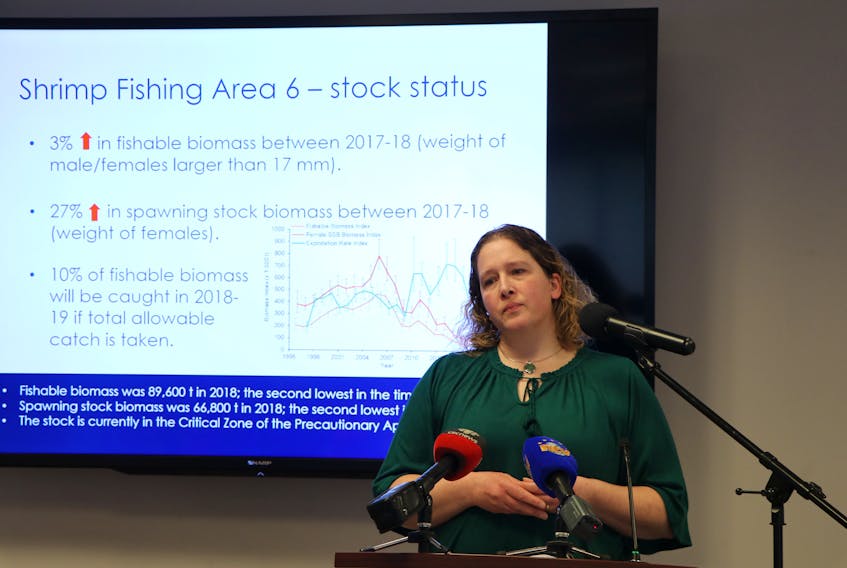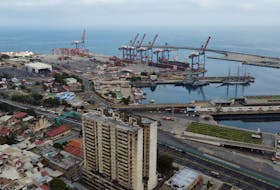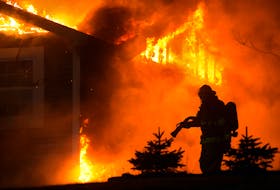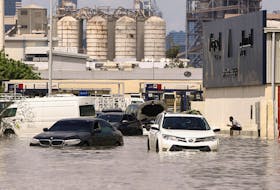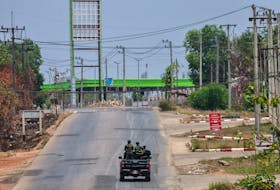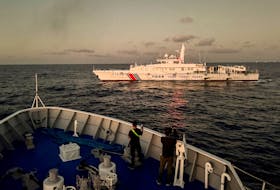The latest news about the state of the northern shrimp stock in key Shrimp Fishing Area 6 off the province’s northeast coast is a bit more uplifting this year than about the same time last year.
Last year the news was grim — this year, although the shrimp stock remains listed in the critical zone, the fishable biomass has increased by three per cent between 2017 and 2018, and there’s a 27 per cent increase in spawning stock biomass between 2017 and 2018.
Fishable biomass is the weight of all shrimp larger than 17 mm, while spawning stock biomass is based on the weight of females.
Last year’s report had the fishable biomass down 16 per cent and spawning stock biomass down 19 per cent.
The total allowable catch (TAC) in SFA 6 last year was reduced by 16.06 per cent to 8,730 tonnes to achieve a 10 per cent exploitation rate.
To maintain that 10 per cent exploitable rate, the TAC can remain about the same level this year, though that decision on TAC will not be set until sometime in the spring.
Fisheries management will first hold its northern shrimp advisory meeting on March 6, after which the federal fisheries minister will make the decision on the TAC level.
SFA 4 and 5 off the coast of Labrador, while in the healthy zone last year, have been placed in the cautionary zone this year.
The SFA 4 fishable biomass decreased 46 per cent between 2017 and 2018, and the spawning stock biomass decreased 39 per cent.
The SFA 5 fishable biomass decreased 43 per cent between 2017 and 2018, while spawning stock biomass dropped 31 per cent.
Katherine Skanes, stock assessment biologist with the Department of Fisheries and Oceans, said there are many factors that can influence changes in shrimp abundance and productivity, including predation, predator biomass, water temperature, spring phytoplankton bloom, zooplankton availability and fishing activity.
“The precise relationships are unclear,” she said.

